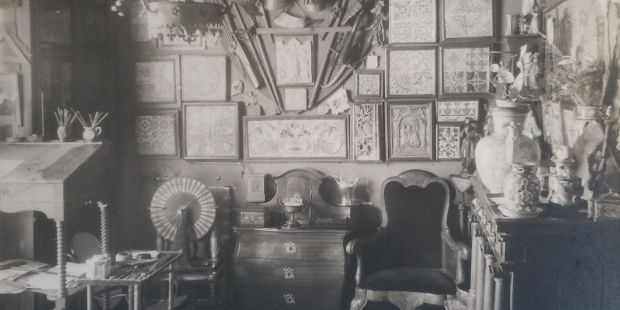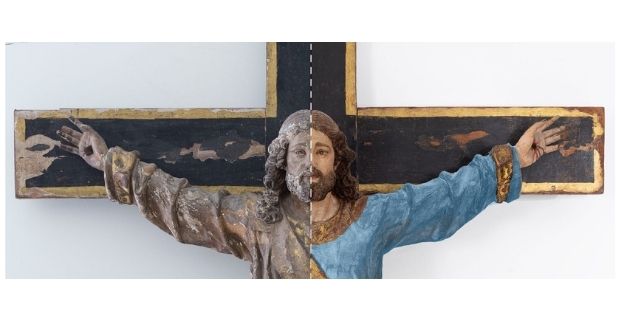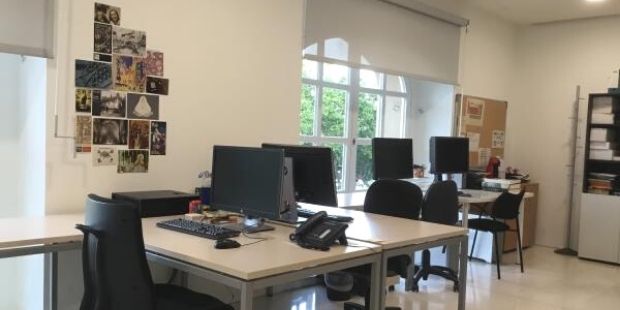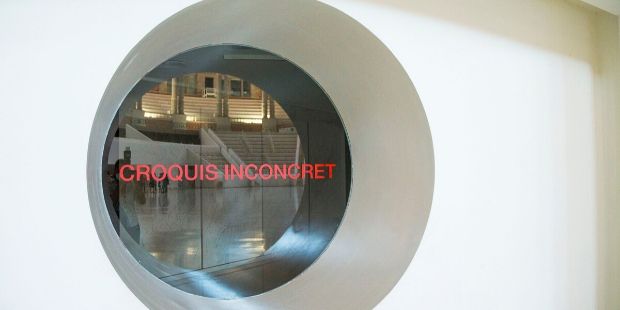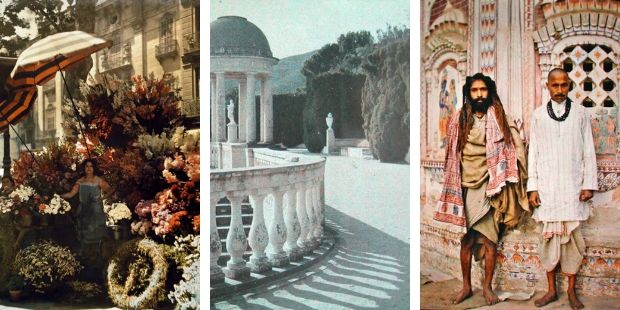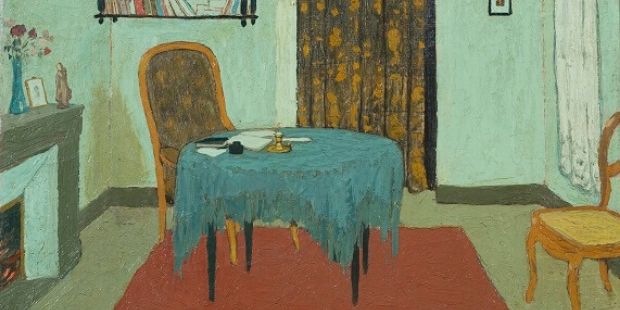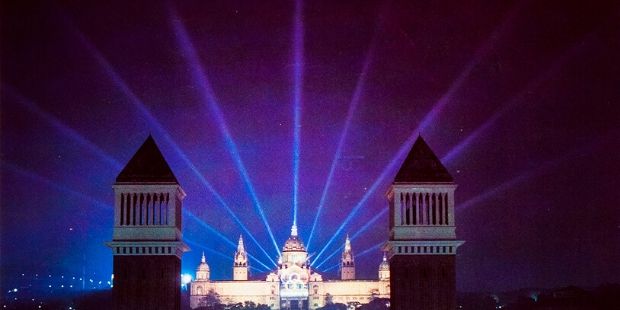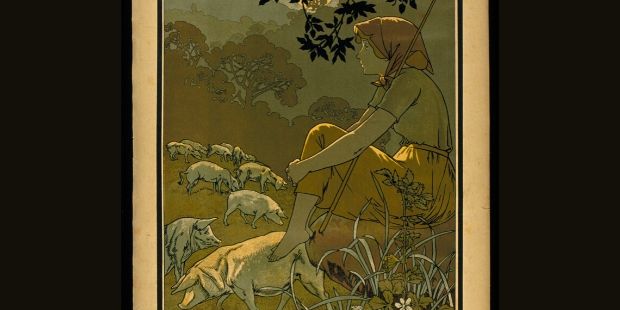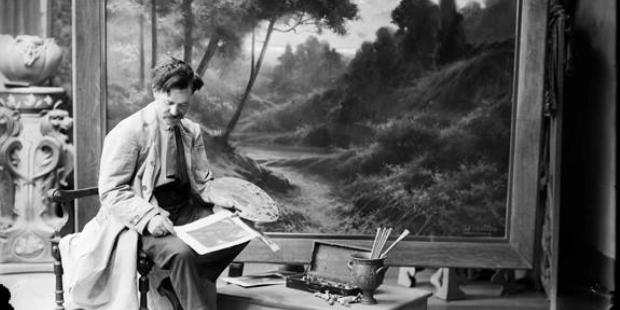
Francesc Quílez The artist’s workshop: a multi-faceted space Ending this digression and getting back to the connecting thread of my discourse, I wish to demonstrate how this phenomenon of versatility allows me to make different approaches, and to take a very detailed look at the various facets presented by the motif to which I am…
Read more
